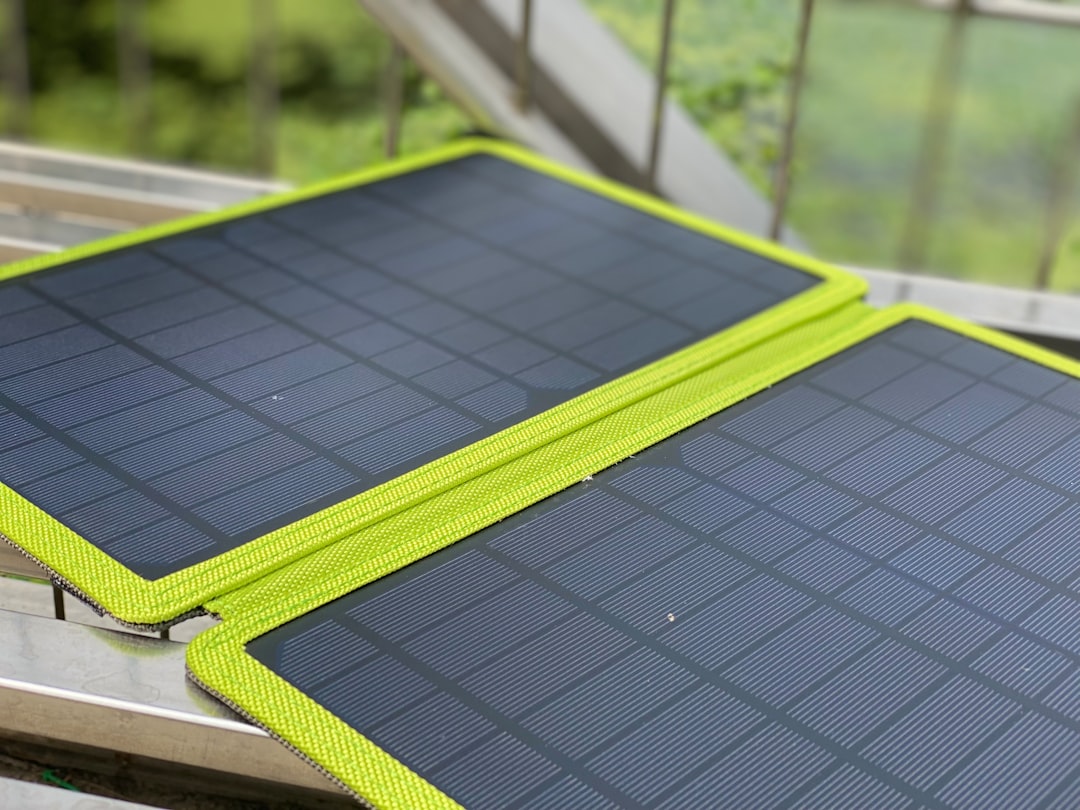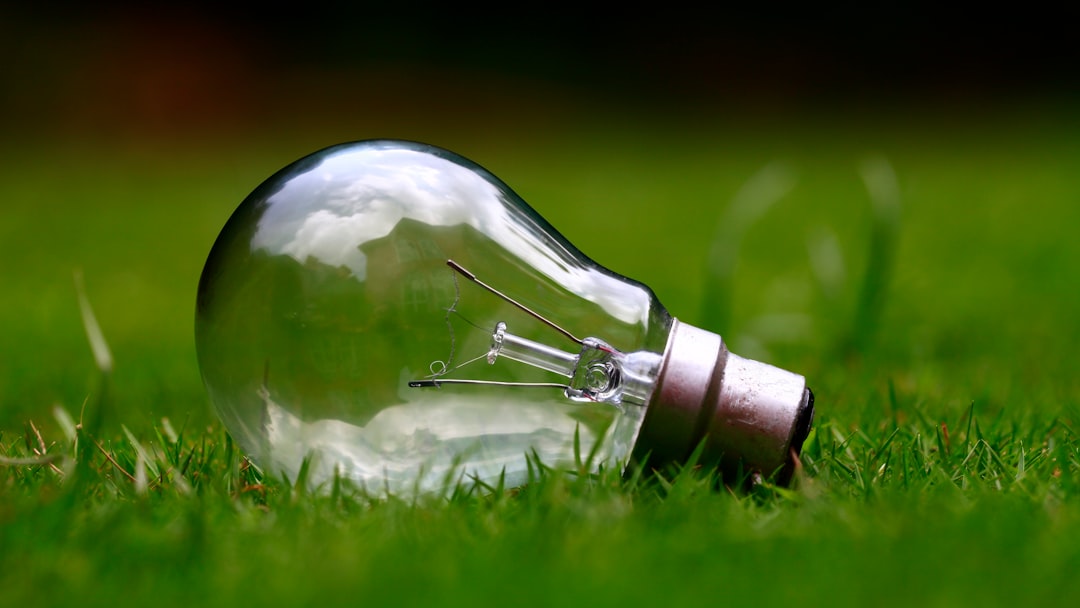Smart Home Innovations and Consumer Electronics Trends in 2025: A Comprehensive Guide
Explore how AI integration and universal standards like Matter are revolutionizing smart homes and consumer electronics in 2025, delivering enhanced convenience, security, and energy efficiency for a truly connected lifestyle.
Key Takeaways
- AI-powered devices optimize energy use, safety, and convenience with intelligent automation.
- The Matter standard enables seamless interoperability across smart home brands and platforms.
- Advanced robotics are practical helpers integrated with smart home ecosystems.
- Energy-efficient appliances and smart climate control reduce bills and environmental impact.
- Privacy-focused security systems provide smarter detection with local AI processing.
- Cutting-edge consumer electronics blend style, intelligence, and connectivity.
Table of Contents
- 1. AI-Powered Smart Home Devices
- 2. Matter Standard and Interoperability
- 3. Robotics and Home Automation
- 4. Energy Efficiency and AI-Driven Climate Control
- 5. Smart Home Security Enhancements
- 6. Consumer Electronics Driving 2025’s Tech Experience
- 7. Top Smart Home Gadgets to Consider
- 8. Conclusion
- FAQ
1. AI-Powered Smart Home Devices
In 2025, artificial intelligence continues to seamlessly enhance smart homes by optimizing convenience, safety, and efficiency. Rather than flashy robots, AI focuses on intelligent, behind-the-scenes improvements that simplify your daily routine.
Key examples include:
- Smart Thermostats: Devices like the Ecobee Smart Thermostat Premium adjust climate settings proactively based on your habits, often integrating with solar or virtual power setups to reduce energy use.
- AI-Enabled Washers: Automatically determine optimal cycles using rich datasets to protect fabrics while minimizing water and energy consumption.
- Intelligent Leak Sensors: Products such as the Moen Flo detect leaks early and shut off water to prevent damage.
- AI-Driven Security Cameras: Recognize familiar faces and suspicious activity in real time, cutting false alarms and enhancing privacy.
Why AI is transforming smart homes:
- Lower energy costs through dynamic management.
- Proactive maintenance with predictive diagnostics.
- Improved safety with faster response to hazards.
- Effortless automation that adapts without manual programming.
2. Matter Standard and Interoperability
The Matter standard is the foundation enabling effortless communication between smart home devices regardless of brand. Supported by major players like Apple, Amazon, and Google, Matter guarantees smooth integration and simplified setup.
- Cross-platform compatibility with Apple HomeKit, Amazon Alexa, and Google Home.
- Intuitive device setup without complex configurations.
- Freedom to mix brands without ecosystem lock-in.
- Enhanced security through encryption and local processing.
- Reliable local automation via edge computing, even offline.
Popular 2025 Matter-enabled devices include:
- Philips Hue smart lighting systems
- TP-Link smart plugs with energy monitoring
- Arlo Pro 5S and Ring Doorbell Pro security equipment
- Ecobee Premium thermostats and Homey Pro hubs
Experience a unified smart home made simple by Matter technology.
3. Robotics and Home Automation
Robotic devices in 2025 have matured into practical, reliable helpers integrated into your smart ecosystem to automate chores and improve daily living.
- Roborock Saros Z70 Vacuum: AI-powered vacuum that detects obstacles like socks and cleans multiple rooms efficiently.
- Lymow One AI Lawn Mower: Maintains perfectly trimmed grass with rugged traction and precision blades on varied terrain.
- Spotless and Tapo RV50 Pro Omni: Advanced vacuums with smart zoning and stair-climbing accessories.
These robots integrate with other smart devices, e.g., pausing when door sensors detect movement, making home automation smarter and safer.
- Save time by automating repetitive tasks
- Achieve better cleaning results through adaptive navigation
- Enhance safety with built-in object detection
- Benefit from connected intelligence syncing with home schedules
4. Energy Efficiency and AI-Driven Climate Control
Rising energy prices and environmental focus make smart homes’ AI-driven energy management vital. Smart thermostats like the Ecobee Smart Thermostat Premium and Google Nest Learning Thermostat intelligently learn your lifestyle and sync with renewable energy, geofencing, and system diagnostics to reduce waste.
Smart appliances follow suit:
- Samsung AI-powered hybrid cooling refrigerators cut energy use while maintaining temperature stability.
- LG’s AI-enabled washers optimize water, energy, and fabric care for each load.
Lighting and smart plugs from Philips Hue and TP-Link automate power use based on occupancy and natural light.
This leads to:
- Lower monthly utility bills
- A reduced carbon footprint
- Extended lifespan of home devices
- Effortless automation of sustainable practices
5. Smart Home Security Enhancements
Modern security systems have become smarter and more private by processing AI locally on devices, which ensures quicker responses and better privacy protection.
Security advances include:
- On-device facial recognition distinguishing family, visitors, and threats without cloud exposure
- Reduced false alarms with advanced motion analytics
- Instant event-triggered automations—locks triggering lights or alarms instantly
- Ultra-wideband (UWB) smart locks like the Ultraloq U-Bolt offering precision and ecosystem integration
- Flexible installation options, including wireless setups such as the Ring Battery Doorbell Pro
This privacy-centric design ensures continuous protection even during internet outages.
6. Consumer Electronics Driving 2025’s Tech Experience
Consumer electronics of 2025 combine elegance, intelligence, and deep integration with smart home ecosystems.
Top products include:
- Samsung S95F OLED TV: TV of the year with stunning visuals and AI-enhanced upscaling.
- Amazon Echo Show 15 (2nd Gen): A smart home command hub with a large, voice-activated screen.
- Motorola Razr Ultra 2025: Foldable smartphone with Snapdragon 8 Elite chipset and sleek 7-inch display.
- Amazfit Active 2: Budget-friendly smartwatch with excellent battery and AI health insights.
- AI-driven cameras that automatically perfect lighting, focus, and composition.
These devices stand out for their intuitive designs, productivity boosts, and seamless interoperability within smart homes powered by AI and Matter.
7. Top Smart Home Gadgets to Consider
Here are ten standout products that combine AI, Matter compatibility, and everyday utility to enhance your smart home in 2025:
- Ecobee Smart Thermostat Premium – AI climate adaptation with solar integration.
- Amazon Echo Show 15 (2nd Gen) – Large smart display for centralized control.
- Roborock Saros Z70 Vacuum – Intelligent, obstacle-aware robotic vacuum.
- Philips Hue Lighting Systems – Adaptive, schedule-based lighting.
- TP-Link Smart Plugs – Power control with energy usage tracking.
- Arlo Pro 5S Security Cameras – Privacy-minded local video processing.
- Ring Battery Doorbell Pro – Wire-free with advanced motion detection.
- Ultraloq U-Bolt Smart Lock – UWB access with smart home integration.
- Homey Pro Smart Home Hub – Multi-brand device integration and automation.
- NeoPlants Power Drops Air Quality Monitors – AI-powered indoor air insights.
Incorporating even a few of these gadgets can significantly improve convenience, safety, cost savings, and your overall home experience.
8. Conclusion
The smart home of 2025 is no longer a futuristic concept but a practical, harmonious ecosystem where AI, universal standards like Matter, and intelligent robotics come together to create safer, more efficient, and highly personalized living environments.
By prioritizing AI-enabled products that respect privacy, offer broad compatibility, and deliver genuine long-term value, you can build a home that anticipates your needs effortlessly while saving money and reducing environmental impact.
Embrace the technologies shaping today and tomorrow by exploring the latest smart home innovations and consumer electronics designed to help you live smarter, safer, and more sustainably.
For the best selection and expert guidance, visit Electroeshop for your next smart home upgrade.
FAQ
Q1: What exactly is the Matter standard and why is it important?
Matter is a universal smart home protocol developed and supported by major tech companies to ensure devices from different brands communicate effortlessly. It simplifies setup, enhances security, and allows greater freedom in choosing devices without ecosystem lock-in.
Q2: How does AI improve the energy efficiency of smart homes?
AI learns your habits, occupancy patterns, and environmental conditions to optimize heating, cooling, lighting, and appliance use. This reduces energy waste, lowers bills, and supports sustainable living without manual adjustments.
Q3: Are AI-powered security cameras safe for privacy?
Yes. Many 2025 security cameras use local AI processing, meaning sensitive data like facial recognition is processed on the device itself, not uploaded to the cloud, protecting your privacy and ensuring faster, reliable alerts.
Q4: Can I use smart home devices from different manufacturers together?
Thanks to Matter, devices from different brands can now operate together smoothly, facilitating unified control and automation regardless of manufacturer.
Q5: How do robotic vacuums integrate with other smart home systems?
Modern robotic vacuums use sensors and smart home integrations to respond to door sensors, adjust schedules according to occupancy, and pause when needed, all coordinated through a central hub or voice assistant for seamless automation.






